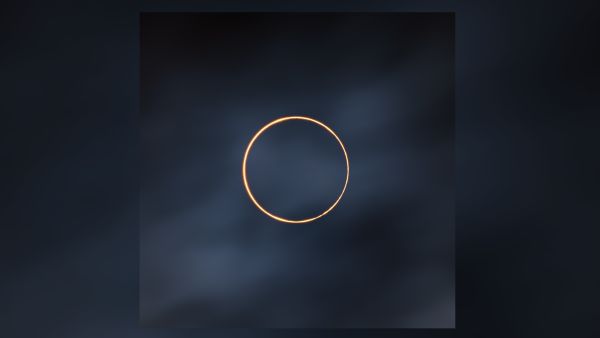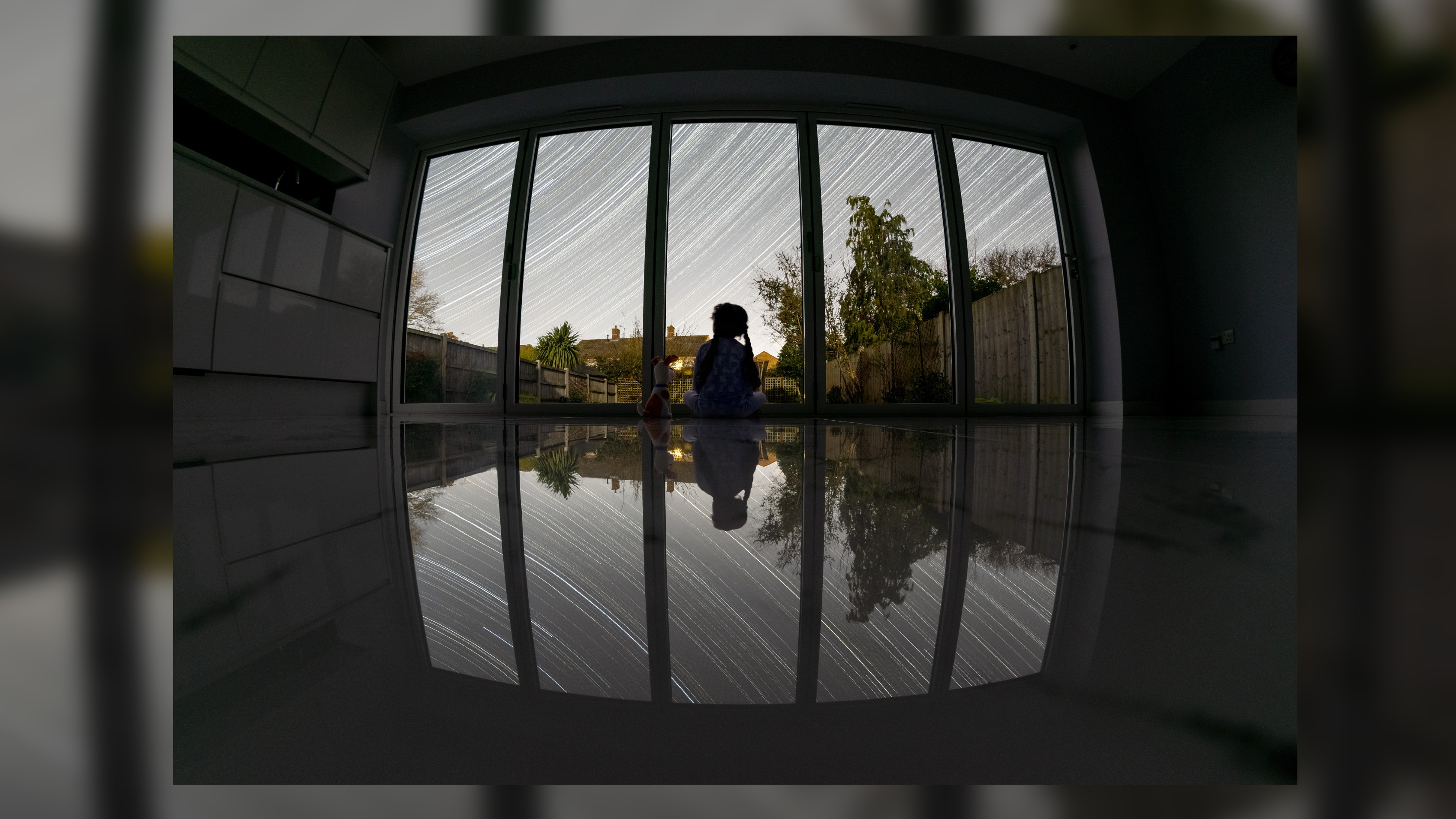Solar eclipse looks otherworldly in 'Golden Ring' astrophotography shot
The night sky is displayed in all its glory in the winning photographs from the Astronomy Photographer of the Year competition.

An otherworldly photograph of a solar eclipse took top prize in this year's Astronomy Photographer of the Year competition.
The highly sought-after award is given by the Royal Observatory Greenwich in England. The winning photographer, Shuchang Dong of China, captured the shot during an annular solar eclipse from the Ali region of Tibet on June 21, 2020. Titled, "The Golden Ring," the photograph looks like just that - a circle of light against a dark, moody sky.
"You feel as if you could reach into the sky and place this onto your finger," judge Steve Marsh said in a statement.
Related: See photos of all the astrophotography winners
More: Astrophotography for beginners: How to shoot the night sky
This is the 13th year of the astronomy photography competition. Winners receive a cash prize, and their photographs are exhibited at the National Maritime Museum in Greenwich. Dong's "The Golden Ring" also took first place in the competition's "Our Sun" category. Other recognized photos in the category show the details of the sun's surface and outer atmosphere.
The winners of the competition hail from around the globe. Taking home top prize in the "Our Moon" category was Nicolas Lefaudeux of France, who captured an image of a crescent Venus rising over Earth's moon. Third officer Dmitrii Rybalka won first place in the "Aurorae" category for a glorious green shot of the Northern Lights that he snapped from the bridge of a ship near Russia's Kara Strait. Deepal Ratnayaka of the United Kingdom won the "People and Space" category for a dreamy shot of a child set against star trails during a COVID-19 lockdown.

- How to Reduce Noise in Astrophotography
- DSLR vs Mirrorless Cameras for Astrophotography
- Women in Astrophotography Share Their Tips and Tricks
Winners took in their astronomical views from vastly different vantage points. For "The Milky Ring," a 360-degree view of the Milky Way that won the "Galaxies" category, Chinese photographer Zhong Wu stitched together images taken in Sichuan and Qinghai, China, and Lake Pukaki, New Zealand. The "Skyscapes" winner shows moonrise over Death Valley National Park, an image that required U.S. photographer Jeffrey Lovelace to hike over sand dunes after sunset.
Get the Space.com Newsletter
Breaking space news, the latest updates on rocket launches, skywatching events and more!
Some shots required photographers to be in exactly the right place at exactly the right moment: The "Planets, Comets and Asteroids" winner was taken by U.S. photographer Frank Kuszaj, who was trying to shoot distant galaxies when a Quadrantid meteor fireball blew past his lens. Others took days and days of image capture to create the final shot. The winner of the "Stars and Nebulae" category, American Terry Hancock, spent seven days photographing the California Nebula to put together his brightly colored winning image.
The "Youth" award was taken home by 15-year-old photographer 至璞 王 of China, who photographed the planets of the solar system over the course of a year and stitched them into one "family photo." Two other special awards were also given: The Manju Mehrotra Family Trust Prize for Best Newcomer, which went to beginner astrophotographer Paul Eckhardt from the United States for his photograph of the Falcon 9 rocket blasting by the moon, and the The Annie Maunder Prize for Image Innovation, which is given for the best imagery made with publicly available data. That prize was split between two winners: Leonardo Di Maggio of the United Kingdom, for his mosaic of images of Saturn from the Cassini mission; and Sergio Díaz Ruiz of Spain, for a colorful view of Jupiter's clouds made from Hubble telescope imagery.
This year's awards ceremony was virtual and took place on Sept. 16. A video of the ceremony is available online.
Originally published on Live Science
Join our Space Forums to keep talking space on the latest missions, night sky and more! And if you have a news tip, correction or comment, let us know at: community@space.com.

Stephanie Pappas is a contributing writer for Space.com sister site Live Science, covering topics ranging from geoscience to archaeology to the human brain and behavior. She was previously a senior writer for Live Science but is now a freelancer based in Denver, Colorado, and regularly contributes to Scientific American and The Monitor, the monthly magazine of the American Psychological Association. Stephanie received a bachelor's degree in psychology from the University of South Carolina and a graduate certificate in science communication from the University of California, Santa Cruz.










